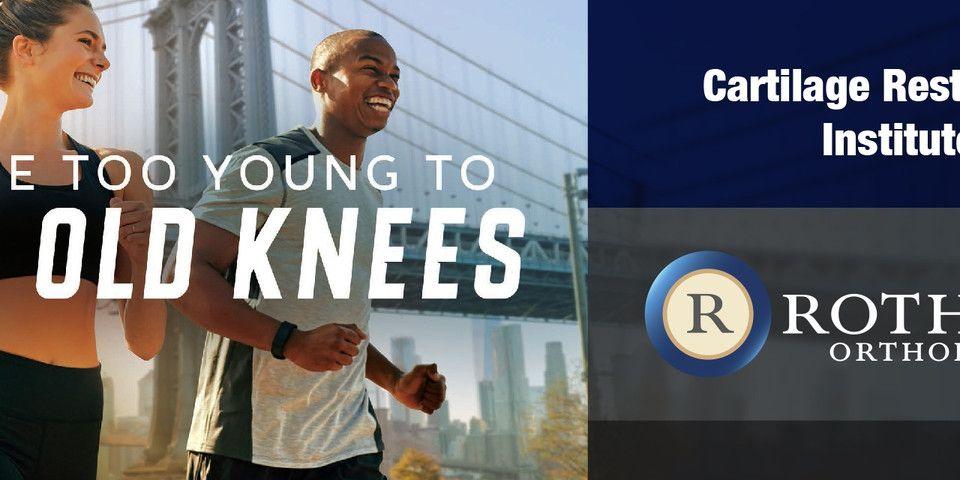Who May Need a Bilateral Total Knee Replacement Procedure
Learn more from Rothman Orthopaedic Institute about the bilateral total knee replacement procedure, and what to expect during surgery and recovery.
If you continue to suffer from stiffness, discomfort, and pain from your damaged knee joints you may need to discuss new treatment options with your physician. For better pain management, you may be wondering whether a bilateral total knee replacement procedure may be right for you. Before taking that next step, it is important to evaluate what recovery from bilateral total knee replacement surgery will entail. Here at Rothman Orthopaedic Institute, we perform over 7,000 knee replacements per year, so we are very familiar with common patient candidacy questions.
Who Needs a Bilateral Total Knee Replacement Procedure?
When possible, non-surgical treatments should be pursued before surgery will be considered. However, if nonoperative pain management methods such as, medication, walking supports, and lifestyle modifications are insufficient, and you qualify, then a bilateral total knee replacement procedure should be considered. Eligible candidates for this procedure may have experienced some of these signs and symptoms:
-
Intense pain or stiffness in both knees which makes it difficult for patients to go about their normal daily activities. If it is difficult for you to go up and down stairs or to even walk short distances, then you may be a candidate for surgery.
-
Moderate or severe pain continues even while resting.
-
Chronic inflammation that does not show improvement with rest or when treated with medicine.
-
The knee has begun to become deformed – bowing either inwards or outwards.
If any of these scenarios apply to your condition, then we advise you to consult an orthopaedic surgeon about whether a bilateral total knee replacement procedure may provide relief.
Surgery and Recovery
The bilateral total knee replacement procedure begins with the removal of the damaged cartilage and bone in the joints. Metal implants are then fitted to the bone to create a new surface for the joint. The patella may be resurfaced and then a medical-grade plastic spacer is fitted between the metal implants to provide a smoothly moving joint.
After the surgery, most patients spend a day or two in the hospital where they begin physical therapy exercises to regain mobility. Once home you should be prepared to have someone assist you with basic activities such as cooking and other household tasks for a few weeks. It usually takes three to four weeks before patients have regained enough flexibility and muscle control to begin driving again.
The Importance of Patient Compliance
The success of knee replacements is largely dependent upon a patient’s diligent efforts to follow prescribed post-op care instructions. Although it is normal to experience some amount of pain in the first few weeks after surgery, it is essential that patients begin returning to normal activities (such as walking and climbing stairs), as well as, participating in physical therapy.
With a successful surgery and follow-up care, you can expect to be back to doing the things you love. A bilateral total knee replacement procedure has a high success rate, and here at Rothman Orthopaedic Institute, we have some of the top orthopaedic specialists that can provide you with this exceptional medical care and treatment.
For more information, please visit us here or contact us at 1-800-321-9999.
Related Specialties
Related Conditions
Related Programs
-

Cartilage Restoration Institute
This is a center where patients can go to have their disabled joint biological resurfaced, realigned, and stabilized without having the joint replaced by artificial materials such as metal and plastic. It is well known that the outcomes of patients under the age of 50 undergoing artificial joint replacement are not as good as we would like. Therefore we feel the future of Orthopaedics is to try to restore a joint back to its original anatomy by realignment, ligament reconstruction, and cartilage restoration.Read More




